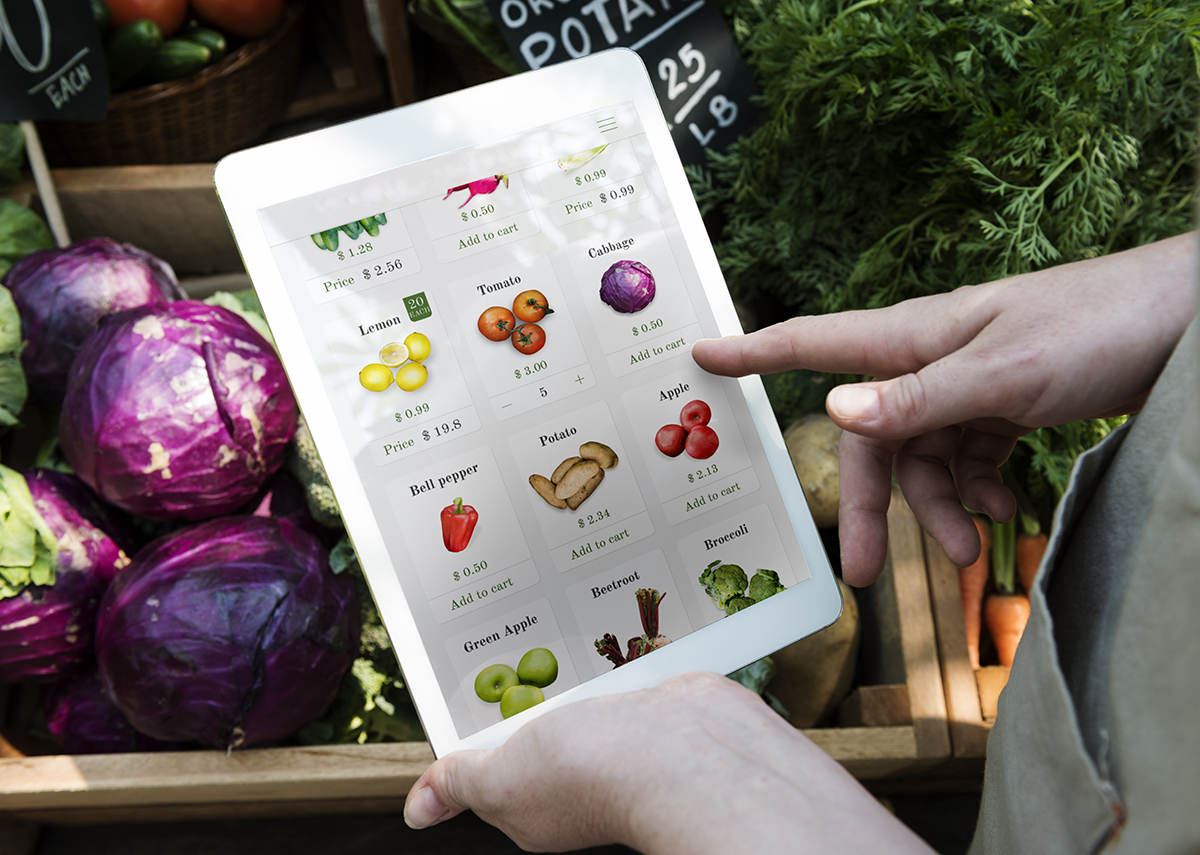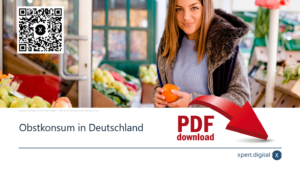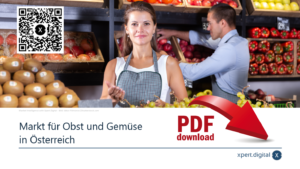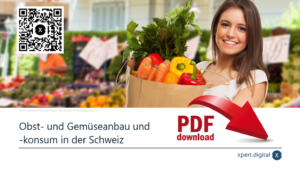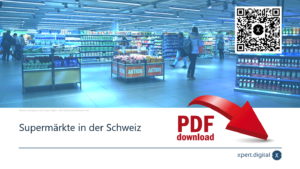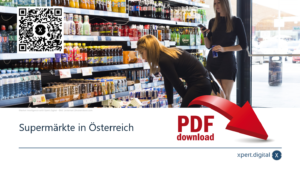E-Commerce (Market Intelligence): Research basis for e-food
Language selection 📢
Published on: February 22, 2021 / update from: February 24, 2021 - Author: Konrad Wolfenstein
Data compiled for data research in the form of PDF's on the subject of “ standardized fruit and vegetables reusable containers-the next intralogistic step for auto-e-logistics and e-food ”.
Germany is a net importer of fruit and vegetables; the self-sufficiency rate for fruit is around 22 percent and for vegetables around 36 percent. Fruit, vegetables and potatoes represent almost 17 percent of German farmers' sales revenue. German agriculture generated sales of around 3.7 billion euros from vegetables and around 838 million euros from fruit.
Fruit and vegetable market – PDF's
- Market for fruit and vegetables in Germany – PDF download
- Vegetable consumption in Germany – PDF download
- Fruit consumption in Germany – PDF download
- Market for fruit and vegetables in Austria – PDF download
- Fruit and vegetable cultivation and consumption in Switzerland – PDF download
Supermarkets – PDF's
- Supermarkets in Switzerland – PDF download
- Supermarkets in Austria – PDF download
Customer demographics of the different markets – PDF's
- Lidl customer demographics – PDF download
- Norma Group SE – PDF Download
- Net customer demographics – PDF download
- REWE customer demographics – PDF download
- Edeka customer demographics – PDF download
- Aldi customer demographics – PDF download
- Penny Customer Demographics – PDF Download
Netto Marken-Discount – PDF
- Netto Marken-Discount – PDF Download
E-commerce – PDF's
- E-Commerce in Germany PDF Download
- Top online shops in Germany – PDF download
The most important products in market fruit production in Germany are apples. Important growing regions for (tree) fruit in Germany are the Altes Land in Lower Saxony, the Lake Constance area in Baden-Württemberg and the Voreifel and the foothills in North Rhine-Westphalia/Rhineland-Palatinate. Vegetables are grown outdoors by just under 6,000 farms in Germany and almost 1,700 farms under glass, with the total cultivated area amounting to almost 130,000 hectares. The most important products grown outdoors in terms of harvest volume are carrots, onions and white cabbage. The popular asparagus follows in fifth place, but has the largest cultivated area in the country.
Fruit and vegetables are of above-average importance for organic farming in Germany; their share of the organically cultivated area is larger than other products and vegetables are the third largest revenue generator in the area of organic products behind organic milk and eggs. In addition to production, the processing of fruit and vegetables is an important sector of the economy and is considered a sub-sector of the food industry. It also includes the production of fruit and vegetable juices. Its approximately 250 companies employ more than 30,000 people and have a turnover of around eleven billion euros.
The entire market for fresh fruit and vegetables is estimated by GfK at almost 15 billion euros. On the German food market, consumers buy most of their fruit and vegetables in discounters. Almost half of all sales in this food segment are generated in this sales line. The best-selling vegetable is the tomato, with an average purchase volume of around 11 kilos per year. When it comes to fruit consumption, apples are the most popular among German consumers. Although the per capita consumption of the popular pome fruit has fluctuated in recent years, every German consumer eats an average of around 21 kilograms of apples per year. The consumption of bananas has also fluctuated in recent years, while the consumption of strawberries has remained relatively constant in recent years.



